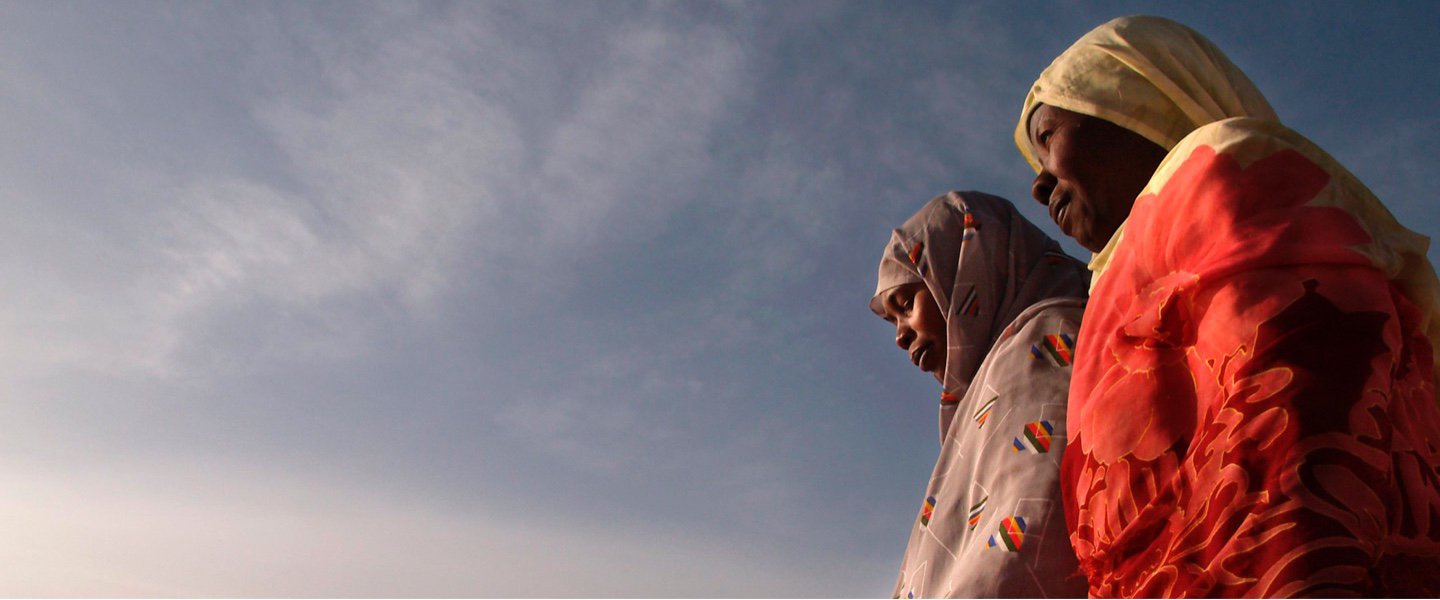- In Nepal, the Enhanced Vocational Education and Training project focused on strengthening technical education targeted specifically to disadvantaged groups, including persons with disabilities. This involved supporting a short-term training of youth between 16-40 years of age. While the project reimbursed 60% to 80% of the cost of the agreed training, the project covered 100% of training costs for persons with disabilities.
- In Cote d'Ivoire, Guinea, and Nigeria, the RSR12 Engaging Marginalized Groups in the Design of ID Systems project conducted inclusive consultations to understand how persons with disabilities can access and benefit from technologically enhanced national ID systems.
- In Nigeria, disability inclusion is incorporated into multiple projects. The Agro-Processing, Productivity Enhancement and Livelihood Improvement Support Project will support women, youth, and farmers with disabilities. The Ibadan Urban Flood Management Project is working to ensure that infrastructure investments embrace universal design principles, and the needs of persons with disabilities are incorporated into the design of the flood early warning system.
- In Burundi and Rwanda, the Emergency Demobilization and Transitional Reintegration Project and the Emergency Demobilization, Reinsertion and Reintegration Project provided targeted support for vulnerable groups, including children associated with armed forces and disabled ex-combatants. The projects provide housing for severely disabled ex-combatants and training activities to support their autonomy and general health.
- In Guyana, the Guyana Education Sector Improvement Project worked with social development specialists to address disability through stakeholder consultations in curriculum reform, teacher training, accessible learning materials, and monitoring indicators.
- In the Kyrgyz Republic, the Bank supported the creation of community-based infrastructure services (including health clinics and schools), with a focus on accessibility of persons with disabilities.
Key Achievements
Results

INDICATORS
Prevalence of severe wasting, weight for height (% of children under 5)
Results At-A-Glance
Projects

News Updates
Related Documents
tabOn selection, change the data
Key Achievements
Key Achievements
- In Nepal, the Enhanced Vocational Education and Training project focused on strengthening technical education targeted specifically to disadvantaged groups, including persons with disabilities. This involved supporting a short-term training of youth between 16-40 years of age. While the project reimbursed 60% to 80% of the cost of the agreed training, the project covered 100% of training costs for persons with disabilities.
- In Cote d'Ivoire, Guinea, and Nigeria, the RSR12 Engaging Marginalized Groups in the Design of ID Systems project conducted inclusive consultations to understand how persons with disabilities can access and benefit from technologically enhanced national ID systems.
- In Nigeria, disability inclusion is incorporated into multiple projects. The Agro-Processing, Productivity Enhancement and Livelihood Improvement Support Project will support women, youth, and farmers with disabilities. The Ibadan Urban Flood Management Project is working to ensure that infrastructure investments embrace universal design principles, and the needs of persons with disabilities are incorporated into the design of the flood early warning system.
- In Burundi and Rwanda, the Emergency Demobilization and Transitional Reintegration Project and the Emergency Demobilization, Reinsertion and Reintegration Project provided targeted support for vulnerable groups, including children associated with armed forces and disabled ex-combatants. The projects provide housing for severely disabled ex-combatants and training activities to support their autonomy and general health.
- In Guyana, the Guyana Education Sector Improvement Project worked with social development specialists to address disability through stakeholder consultations in curriculum reform, teacher training, accessible learning materials, and monitoring indicators.
- In the Kyrgyz Republic, the Bank supported the creation of community-based infrastructure services (including health clinics and schools), with a focus on accessibility of persons with disabilities.


